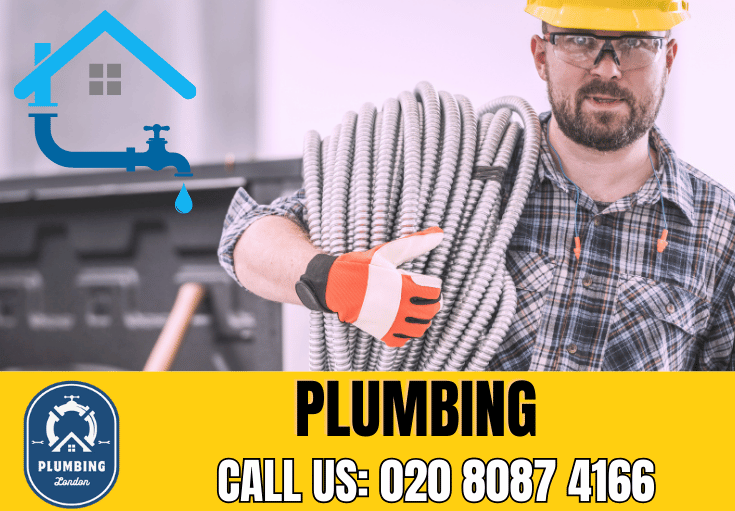


Our Services: General plumbing repairs, Boiler Installations, Boiler Repair, Boiler servicing, Central heating installation, Central heating repair, Radiator installation, Radiator repair, Underfloor heating installation, Underfloor heating repair, Water heater installation, Water heater repair, Leak detection and repair, Pipe repair and replacement, Emergency plumbing services, Drain cleaning and unblocking, Toilet installation and repair, Sink installation and repair, Shower installation and repair, Bath installation and repair, Tap installation and repair, Kitchen plumbing installation, Bathroom plumbing installation, Gas appliance installation, Gas safety checks, Gas leak detection and repair, Thermostat installation and repair, Power flushing, Pump installation and repair, Hot water cylinder installation, Hot water cylinder repair, Immersion heater installation, Immersion heater repair, Sump pump installation and repair, Water softener installation, Water filtration system installation, Backflow prevention installation, Commercial plumbing services, Residential plumbing services, Heating system maintenance, Plumbing system maintenance, Water pressure testing, Waste disposal unit installation and repair, Gutter cleaning and repair, Soil stack installation and repair, Septic tank installation and repair, Water main installation and repair, Pipe insulation, Plumbing inspections, Eco-friendly heating solutions installation